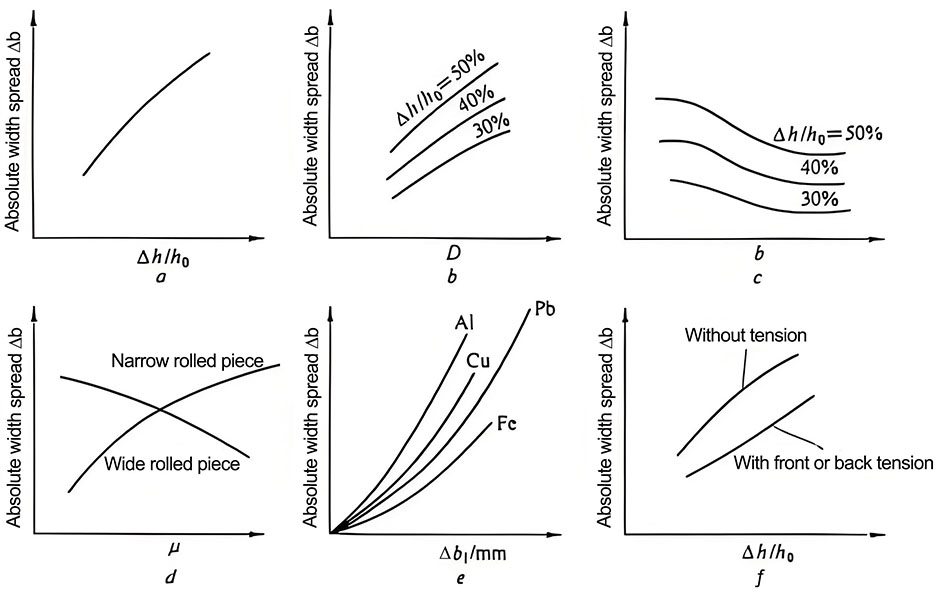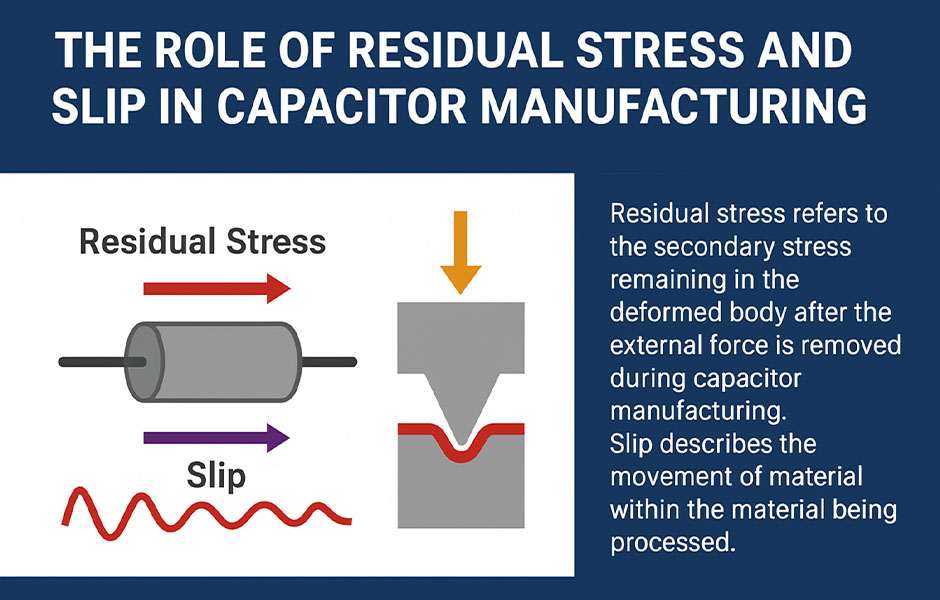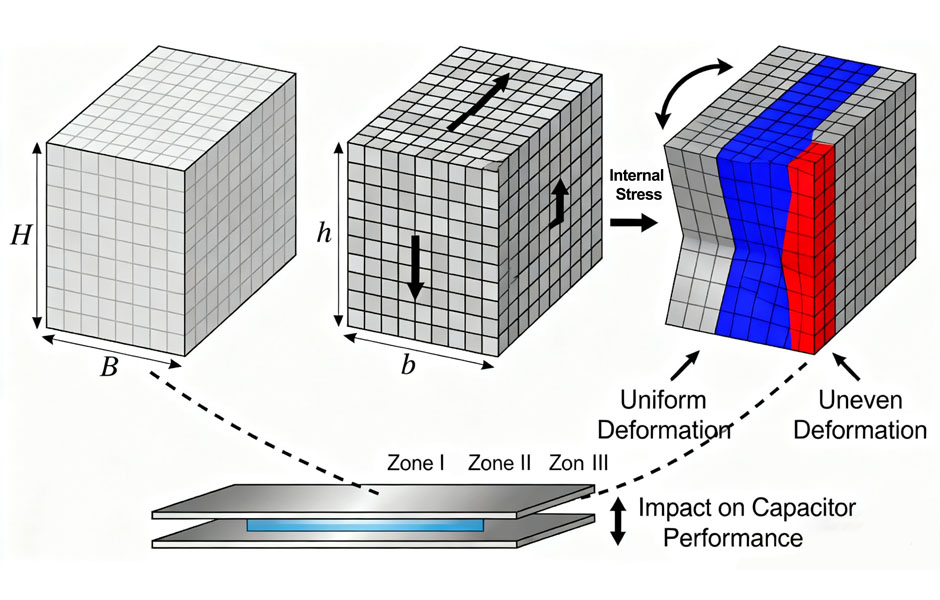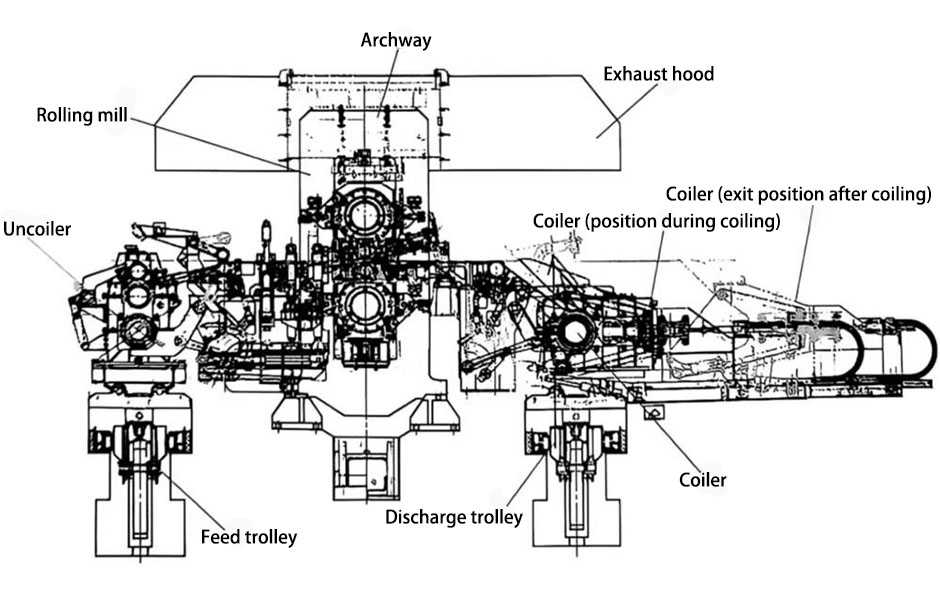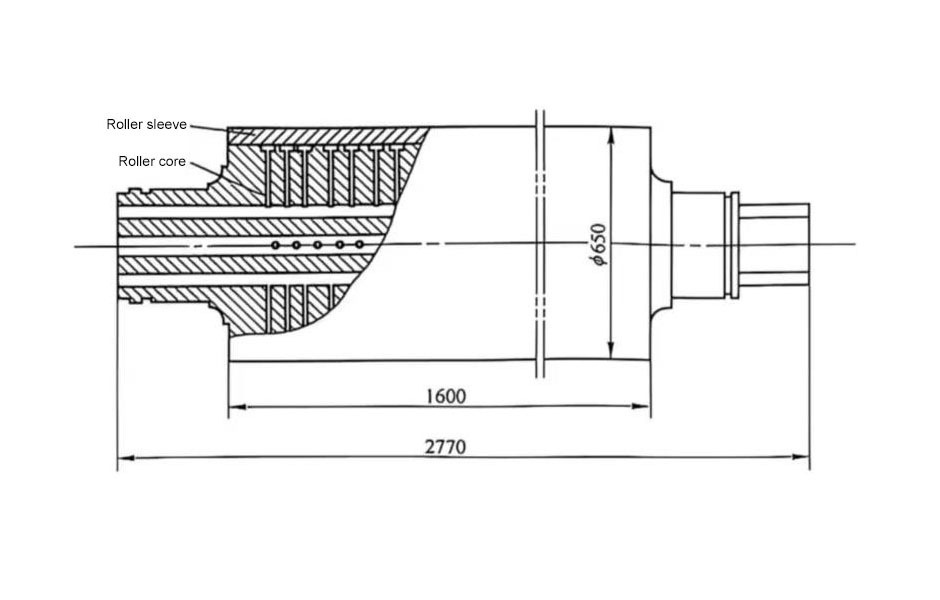Introduction
Feed through capacitor can effectively filter out high-frequency electromagnetic noise. Ordinary capacitors are not effective at filtering out high frequency noise for two reasons:
One reason is that the capacitor lead inductance causes capacitor resonance, which presents a large impedance to high-frequency signals, which weakens the bypass effect on high-frequency signals;
Another reason is that the parasitic capacitors between the wires couple high-frequency signals and reduce the filtering effect, as shown in Figure 8.5.
The reason why feed through capacitor can effectively filter out high-frequency noise is because feedthrough capacitors not only do not have the problem of low resonant frequency of the capacitor caused by lead inductance, but also can be directly installed on the metal panel, and the metal panel is used to shield the input and the parasitic capacitance between the output.
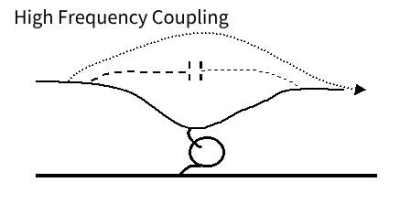
Ordinary Feed through Capacitor
Feed through capacitor are a special form of ceramic capacitors. Except for ceramic dielectric capacitors, although other dielectric forms can be used to make feedthrough capacitors, their filtering effect is far inferior to that of ceramic dielectric feedthrough capacitor due to winding.
The core component of the feed through capacitor is a disc capacitor with a central through hole. Unlike ordinary ceramic laminated capacitors, ordinary laminated capacitors lead out electrodes at both ends of the capacitor, while laminated ceramic capacitors with a central perforated It is the central perforation for one electrode and the other electrode is on the edge of the outer circle.The structure is shown in Figure 8.6
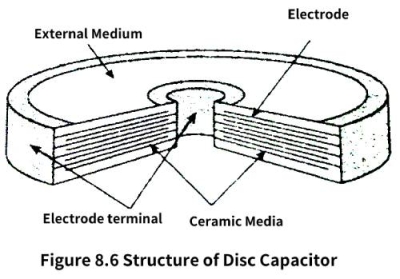
Since the radius of the disc capacitor is relatively small, which is similar to the size of the laminated ceramic capacitor, the effective distance from the through-core electrode to the edge electrode of the outer circle is very short, so that the natural inductance generated is very low; while reducing the equivalent series inductance On the one hand, and the most critical thing, is to use the mutual cancellation of the magnetic field to make the parasitic equivalent series inductance lower.
Putting the central hole of the chip capacitor through the lead wire constitutes a bare chip feed through capacitor.
In order to solve the problem of space coupling and ESL of the capacitor, the electrode on the outer edge of the feed through capacitor is connected to the metal shell of the feedthrough capacitor, forming a structure in which the feedthrough electrode part is completely shielded. When the feedthrough capacitor is installed, it is usually installed on a metal plate In this way, the shielding effect between the shell of the feed through capacitor and the metal plate can be used to bypass the parasitic capacitance of the space coupling to “ground”, eliminating the effect of space coupling. Therefore, the feed through capacitor is usually made into a bolt-mounted form to facilitate installation. As shown in Figure 8.8.
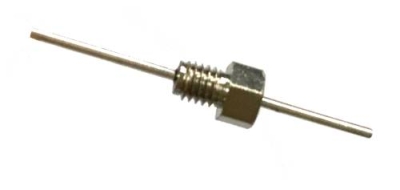
Figure 8.8 Appearance of Feedthrough Capacitor
Pass the center of the disc capacitor through the lead wire, and then wrap it with a metal case to form a feed through capacitor, as shown in Figure 8.9.

The actual equivalent series inductance of the feed through capacitor can be reduced to 30~50pH by making this disc capacitor into a feed through capacitor and adding a metal shield during installation. In this way, the inductive reactance is only 0.08Ω even at 1GHz, which is much lower than other impedances.
In order to obtain better filtering characteristics, the feedthrough capacitor can also add a ferrite magnetic ring on the feedthrough to increase the inductance of the feedthrough and ensure the insertion loss in the high frequency band; The structure of the feed through capacitor assembly is shown in Figure 8.10.
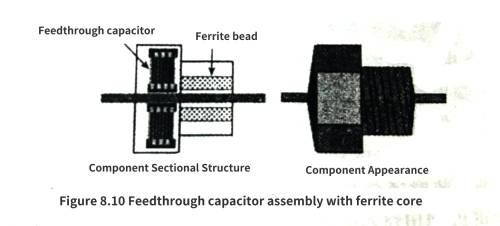
Feed through capacitors can also be attached with a ferrite magnetic ring on the center thread to form an inductance. In this way, two inductors clamp one capacitor and two capacitors clamp one inductor. The equivalent circuit is shown in Figure 8.11.
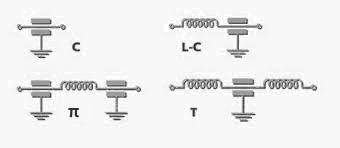
Figure 8.11 Equivalent circuit of a feedthrough capacitor assembly with a ferrite bead on the feedthrough
Overall, feed through capacitors offer effective solutions for mitigating high-frequency electromagnetic noise by addressing issues related to resonance, inductance, and coupling. They are especially useful in applications where noise filtering and electromagnetic compatibility are crucial.
